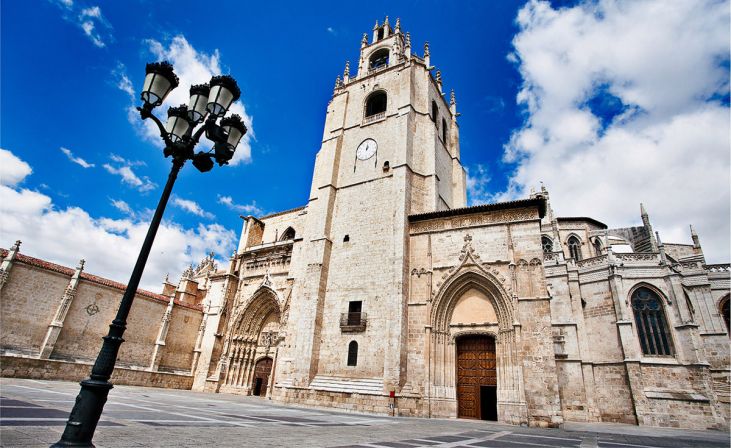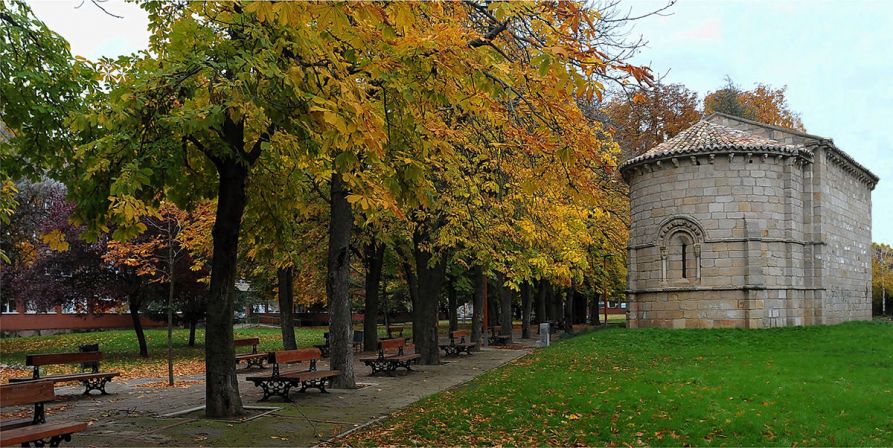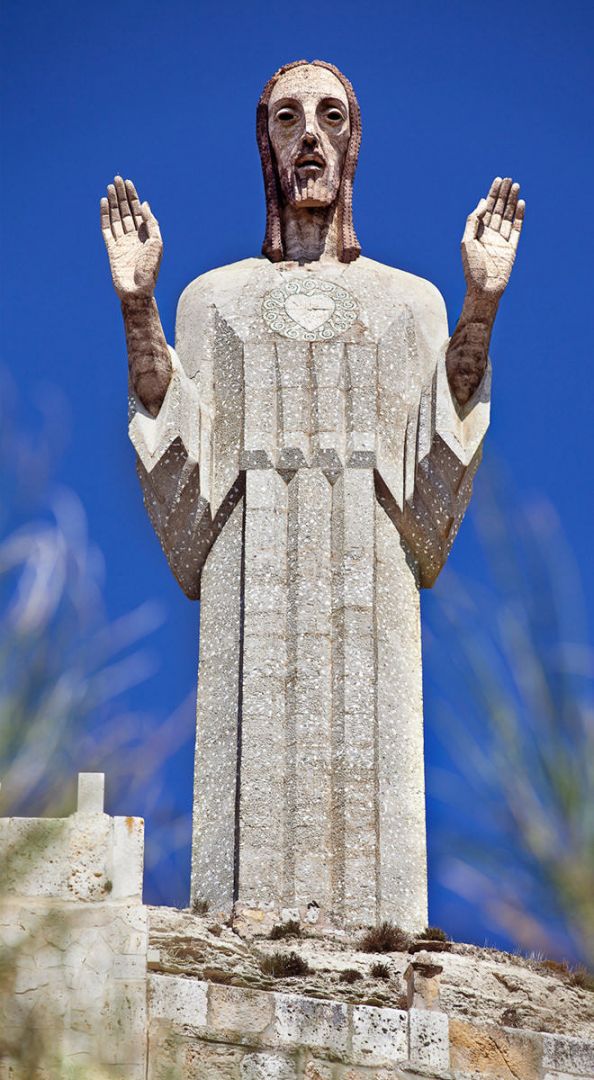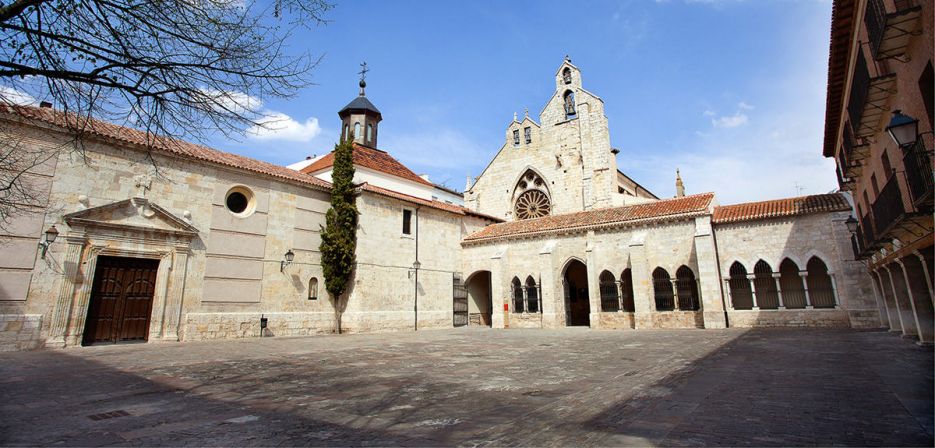Palencia
Palencia is located in northern central Spain in the autonomous community of Castilla y León. It is a typically Castilian city, quiet and ideal for enjoying walks and the beautiful countryside, its imposing monuments and excellent commercial and gastronomic possibilities.
Archaeological remains confirm settlements here since ancient times, although it did not start to write its history in capital letters until the arrival of the Vacceo people, the most educated and powerful of Celtiberian Spain.
The city in which the first Spanish University was opened in 2012 today has approximately 80,000 inhabitants. It is fully connected and is a strategic location for visitors.
Palencia, a Teresian place
Palencia is one of the cities chosen by St Teresa for one of her foundations. From the very beginning, the Teresian foundation of Palencia received support from the city and, above all, from Bishop Don Álvaro de Mendoza (1578-1586), who was a friend of St Teresa.
After returning from the foundation in Villanueva de la Jara, Teresa left Valladolid on 28 December 1580, crossed the River Pisuerga at Cabezón, passed through Cigales and Dueñas and entered Palencia at the Market gates to the south of the city at the beginning of what is today known as Calle Mayor.
The convent was founded provisionally in a rented house in the centre of the busy quarter of La Puebla to the southeast of the city, on the street currently known as Calle Colón. Teresa and her colleagues prepared everything for dawn on 29 December 1580, ready to inaugurate the chapel and a small convent. The priest Porras, chaplain of the Barefoot Carmelites in Valladolid, said the first mass and the community was constituted.
The Bishop then suggested that they should move next to the church of Nuestra Señora de la Calle and establish the community there. In a very solemn manner, the community moved to its new home on 26 May 1581, the feast day of Corpus Christi. The new location was set on Calle de Nuestra Señora, today known as Calle de San Bernardo, next to the church of Nuestra Señora de la Calle.
When the foundation had been completed in Palencia and the nuns were in their own home, Teresa set off for the foundation of Soria on 29 May.
However, the Saint’s association with the city of Palencia does not end there. After founding her convent in Palencia, St Teresa visited the city twice more: once on 13 January 1582, staying in the town of El Carrión for ten days, quite ill, until she set off for Burgos on 24 January; and a second time in summer of 1582, when, very tired and ill, she arrived in the city at the end of June 1582 accompanied by her nurse, Ana de San Bartolomé. On 25 August, she left for Valladolid. Her intention was to travel to the monastery of San José in Ávila, but an order from Father Antonio de Jesús took her to Alba de Tormes, where she died on 4 October of the same year.
The convent was welcomed by the people of Palencia, from the most powerful to the most humble, and the hospitality they gave the wandering Saint justifies the words attributed to her, which ring out joyfully for us:
“los palentinos son gente de la mejor masa que yo he visto”.
Municipal Information Office
Local Department of Tourism
C/ Mayor, 7 – Palencia
979 71 81 97
turismo@aytopalencia.es
Integrated Tourist Office
C/ Mayor, 31 – Palencia
979 70 65 23
oficinadeturismodepalencia@jcyl.es
www.aytopalencia.es www.palenciaturismo.es




